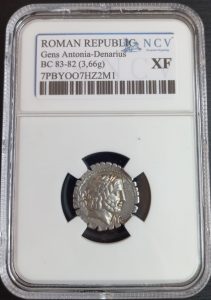 As we have seen in previous articles, it has taken centuries of evolution to reach the monetary system we know today. A crucial part of the development of currency was the Classical Greece period, from the 7th century BC to the 1st century BC. Although the first coins were minted in Asia Minor (kingdom of Lydia, now Turkey), the Greeks, influenced by them, developed minting techniques, adapted sizes, materials and made beautiful designs throughout what historians have divided into three periods: archaic, classical, and Hellenistic.
As we have seen in previous articles, it has taken centuries of evolution to reach the monetary system we know today. A crucial part of the development of currency was the Classical Greece period, from the 7th century BC to the 1st century BC. Although the first coins were minted in Asia Minor (kingdom of Lydia, now Turkey), the Greeks, influenced by them, developed minting techniques, adapted sizes, materials and made beautiful designs throughout what historians have divided into three periods: archaic, classical, and Hellenistic.
By the end of the latter, characterized by the death of Alexander the Great and the expansion of Greek culture through trade, came the annexation of Greece by Rome (1st century BC), giving rise to the splendor of Roman numismatics.
The Romans, like all ancient civilizations, used barter for trade, livestock being the first unit of measure: the pecuniary (hence the term pecuniary: pertaining or relating to money). This system began to be replaced around the 5th century B.C., thanks to the beginning of trade relations and contact with Greece, while Rome was living a period of political stability.
First roman coins
The evolution or development of the numismatics of ancient Rome through its coins would be as follows:
· Aes Rude: (3rd century B.C). First bronze or copper ingots without any kind of mark. They could not be considered as currency as such, but they were a unit of exchange. Its value depended on its weight, which could range from 8 to 300 grams at the beginning, but it weighed up to 1,600 grams over time. The divisions of the aes were used as small change in the most common transactions. Thus, we have the semis, trient, quadrant, sextant and ounce, made of bronze, copper, brass and even fleece.
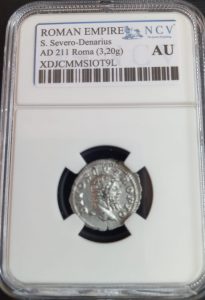 · Denarius: When Rome began to expand throughout the rest of Italy and to conquer other peoples, especially the Hellenes settled in the Campaign, it penetrated a system of states constituted in the Greek manner. After the war with King Pyrrhus of Epirus (280/275 B.C.), Rome conquered all the Greek cities of southern Italy and did not tolerate the diversity of coins. That is how the denarius was born, a type of coin common to all of the Italian Peninsula, with its minting located in Rome. The first known denarius was found near Capua. The denarius, in silver and equivalent to ten aes, weighed little more than the Athenian drachma. The copper aes (and its fractions) still circulated for small transactions.
· Denarius: When Rome began to expand throughout the rest of Italy and to conquer other peoples, especially the Hellenes settled in the Campaign, it penetrated a system of states constituted in the Greek manner. After the war with King Pyrrhus of Epirus (280/275 B.C.), Rome conquered all the Greek cities of southern Italy and did not tolerate the diversity of coins. That is how the denarius was born, a type of coin common to all of the Italian Peninsula, with its minting located in Rome. The first known denarius was found near Capua. The denarius, in silver and equivalent to ten aes, weighed little more than the Athenian drachma. The copper aes (and its fractions) still circulated for small transactions.
· Sesterce: equivalent to a quarter denarius and marked with the letters HS. It was also made of silver but of less weight than the denarius. It was created because, in practice, the aes was too small. After all, the advent of the denarius had turned it into little more than small change.
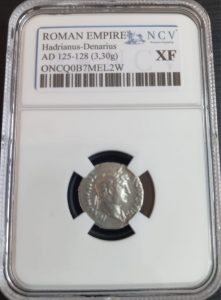 Gold coins
Gold coins
Rome kept the right to mint coins in precious metals, and it was there that the mint was centralized during the Republic and the first centuries of the Empire. No local authority was allowed to mint coins beyond bronze, of little importance to the central government, because state expenditures were high and could be better paid for with coins of high value. However, although some eastern provinces minted silver coins, these were only intended for local circulation and to meet local needs.
The state treasury (aerarium) held pure gold and silver bullion from before the first mints, but gold coins did not circulate until the time of Augustus. Before that, they were only minted exceptionally for military purposes or emergency situations.
The main gold coins were the following:
· Denarius aureus: minted under Julius Caesar era. It was necessary to specify the name of the silver denarius, now called denarius argentus. The aureus was equivalent to 25 denarius argentus or to 100 sesterces. Its division was the quinary or half aureus.
· Tremissis: golden coin equivalent to a third part of an aureus.
· Solid Aureus: coin introduced by Constantine I, substituting the aureus one. It was equivalent to around 2000 denarius. It was the most common coin during the late Empire and the following Byzantine Empire, when it became to be called nomisma. Its divisions were the same as the aureus plus some others created by Constantine I, like the siliqua: the 24th part of a solid aureus
Other coins in the Ancient Rome
In Ancient Rome, circulated coins of other nations were not minted in Rome because they helped commercial transactions and the integration of all provinces inside the Roman market. The more common were:
Greek Drachma, and Tetradrachma
Mesopotamian Talent and Mina
Greek and Phoenician colonies Cistophorus and Obolus.
Are you an Ancient Roman coins collector? Would you be willing to share a piece of your collection with us? We would love to see what you have!
__
Sources:
La moneda romana: origen,valor y evolución – SobreHistoria.com
Monedasromanas (juntadeandalucia.es)
El sistema monetario en la antigua Roma (nuevatribuna.es))

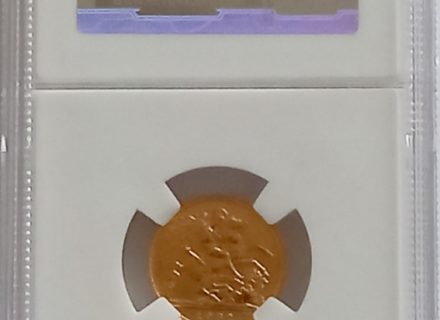
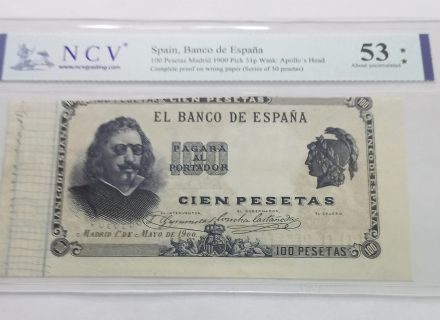

1 Comment
Comments are closed.